Chinese Water Dragon (Physignathus Cocincinus) is a large lizard that is native to Southeast Asia. It is very common in Thailand, Malaysia, Cambodia, China.
They can grow quite impressive, males up to 1 meter, though 70 cm falls on the tail. Life expectancy is long, especially in captivity, up to 18 years.
Habitat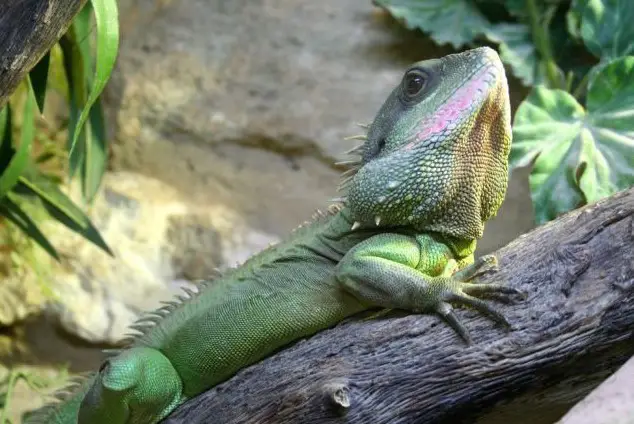
These reptiles are widespread in Asia, Water Dragons are more common off the banks of rivers and lakes. They are active in the daytime and spend a lot of time on the branches of trees and bushes. In case of danger, they jump from them into the water and submerge.
Moreover, they can spend up to 25 minutes this way. They live in places with a humidity of about 40–80% and a temperature of 26–32 ° C.
Appearance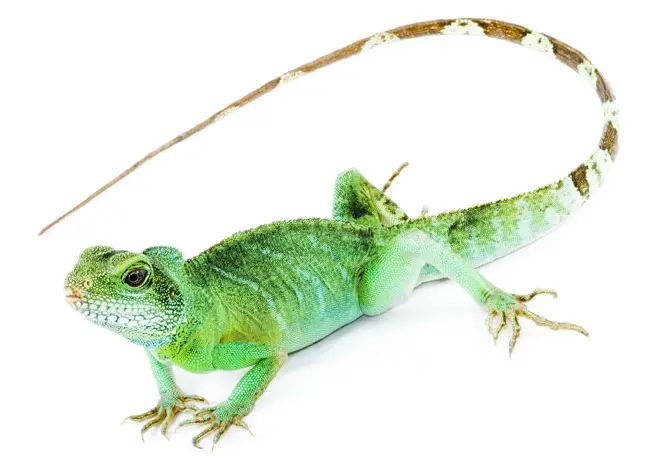
The Chinese Water Dragon is a beautiful and unusual lizard that is very popular among exotic breeders. The healthy Chinese Water Dragon has a bright mint green color with white sides and blue or brown stripes along the back of the lizard. The throat region is white, peach, or bright pink. The eyes are highlighted in black as lines that go to the head. Often these stripes have a slightly bluish tint. The lizard’s tail is long with various patterns presented in the form of alternating dark and light stripes.
The size of the male Water Dragon can reach 110 centimeters in length with the tail, and the size of females is 60-70 centimeters. Males also have a stronger build and larger heads. However, size is not the only difference between males and females of Physignathus Cocincinus. The main distinguishing feature of the Water Dragons males is the pronounced occipital and dorsal-caudal ridges. Crests may also be present in females, but they are less noticeable in them. Also, the color of the throat of males is brighter than that of females. Sharp spines are well developed along the edges of the male cheeks.
Lifestyle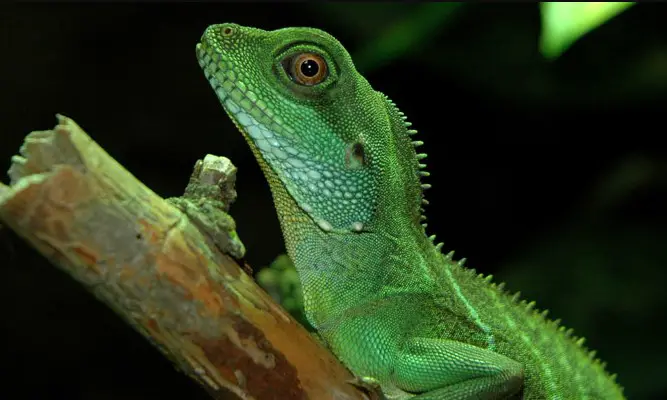
The Water Dragons lifestyle is semi-arboreal and near-aquatic. They usually live on branches and trunks of trees, easily moving along them due to the structure of tenacious fingers and sharp claws. These lizards feel great in the water, which allows them to hide from predators. They also have the unique ability to run on the surface of the water. Water Dragons are diurnal. They spend the night in the trees, eat in the daytime, both in trees and in the water and on the ground. Lizards spend the hottest time of the day on the branches and trunks of trees in the immediate vicinity of the water, where relative ventilation is observed. Water Dragons adhere to strictly defined areas of their habitat.
Keeping Chinese Water Dragons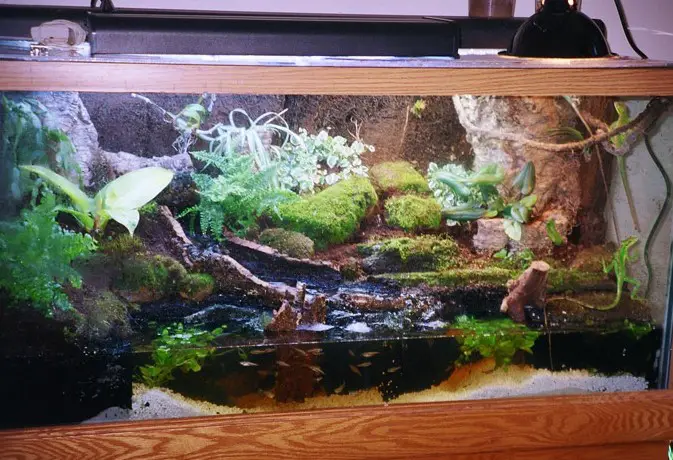
Water Dragons are kept singly, in pairs, or in small groups. In this case, the group must necessarily consist of only one male and two or three females. More than one male cannot be kept due to the territoriality of these lizards, and a larger number of females can lead to the aggression of stronger individuals in relation to a weaker individual.
Terrarium: these reptiles require a spacious horizontal terrarium. For one individual, the size of the terrarium should be 200x90x130 cm, and when choosing a terrarium for a group, it is necessary to add half of this space for each additional lizard. At the bottom of the terrarium, it is necessary to organize a sufficiently large and deep reservoir in which the Chinese Water Dragons could not only swim but also dive. Water Dragons are very fond of water, and therefore your pet will spend a lot of time in the water. It is very important to keep the water as clean as possible. It is also necessary to place driftwood with which the lizard can get out of the water, as even Water Dragons can get tired of swimming and drown.
Consider the size of the lizard, since the places for their rest above the water should be at least one and a half times wider than the lizard itself. Design your resting areas so that they are no closer than 30 cm to UVB lamps.
Substrate: The bottom of the terrarium can be covered with a regular carpet covering it completely, and on top, place a substrate of a mixture of sand and earth close to the natural habitat of the lizards. It is not recommended to add small particles to the substrate that Water Dragons can eat, such as walnut shards, wood chips, or various chips, as they can harm the digestive system of the lizards.
Temperature: The daytime temperature of the lizard should be between 29-32 ° C with a maximum temperature near heaters of 35 ° C. The air temperature in the terrarium at night should drop below 25 ° C. All heating devices must be placed in places inaccessible to animals, and it is also necessary to install protective screens for heating devices.
Lighting: To organize the lighting of the terrarium with Chinese Water Dragons, you must use powerful fluorescent lamps and be sure to have UV lamps (for example, Exo-Terra ReptiGlo 5.0), which must be placed over the place where the agamas will spend a lot of time. All lighting fixtures must also be covered with a protective screen, but do not forget that glass and plexiglass do not transmit UVB rays vital for reptiles. The photoperiod of Chinese Water Dragons should be 12-14 hours. Light bulbs need to be replaced every 6-8 months.
Maintaining humidity: The humidity level in the terrarium should be 60-80%. To do this, it is necessary to spray it daily with warm water, as well as ensure the presence of the water part and living plants.
Diet and Nutrition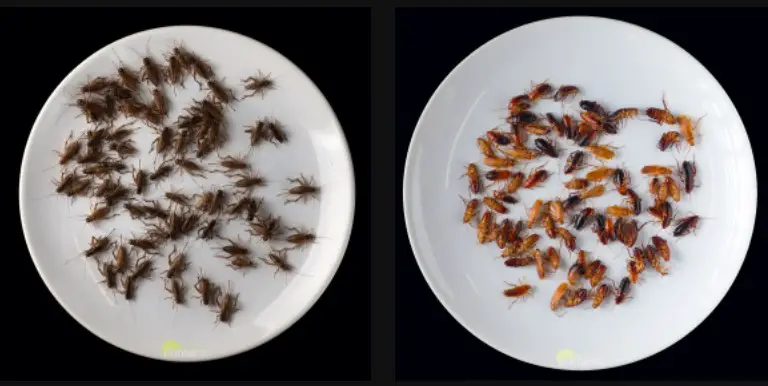
The Water Dragon’s diet is 70-80% animal food and 20-30% vegetable. These lizards can be classified as omnivores because they can eat insects, invertebrates, and small vertebrates, fish, vegetables, fruits, leaves, shoots, and flowers of plants. As you can see, the assortment is very wide, but not all of the foods listed above are uniquely suitable for Water Dragons.
As for insects and invertebrates, it is recommended to include in the diet of Physignathus Cocincinus: crickets, cockroaches, mealworms, earthworms, locusts. Small snails, newborn mice are also suitable.
The Chinese Water Dragon should be fed at least once every two days and the feed should be varied. However, do not overfeed the lizards, otherwise, it can lead to obesity.
